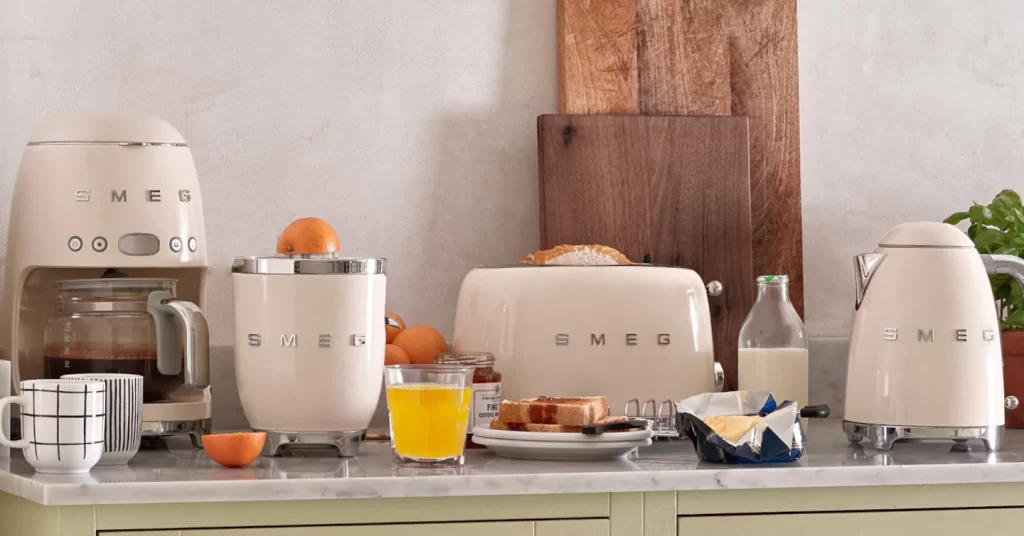Arranging small kitchen appliances effectively can transform even the tiniest kitchen into a functional, inviting space. The first step is to assess your cooking habits and prioritize the appliances you use daily. Keeping these items within easy reach on the counter can save time and reduce clutter. Less frequently used appliances should be stored in cabinets or on higher shelves, ensuring that prime countertop real estate is reserved for essentials that streamline everyday meal prep. Maximize corner spaces by placing appliances like coffee makers, toasters, or mixers into otherwise unused areas. This strategy keeps the main workspace open and makes use of awkward nooks that often become dumping grounds for random items. Installing corner shelves or compact appliance garages can also help hide small appliances when not in use, creating a cleaner look and a more organized feel overall. Vertical space is your ally in a small kitchen. Use wall-mounted racks or hooks to store smaller appliances, utensils, or even microwave ovens if they are lightweight and compact.

This frees up valuable counter space and makes the kitchen feel less crowded. Consider installing floating shelves above work areas to store blenders, food processors, or bread makers, allowing for easy access while keeping counters free for chopping and mixing. Group appliances by function to simplify cooking tasks. For example, keep baking-related appliances like mixers and scales together in one zone, while beverage appliances like kettles and coffee machines can share another area. This method creates logical stations and minimizes the need to move items around when switching between tasks, which is especially useful in tight kitchens where efficiency is key. Cords and plugs can quickly tangle and create cluttered surfaces. Use cord organizers or wrap cords neatly when appliances are not in use. Some homeowners also designate a specific drawer or bin for small appliance accessories, keeping blades, beaters, and attachments safely stored and easy to find. This reduces visual clutter and makes cleanup quicker, a crucial aspect of small kitchen management.
The small slimline chest freezer keeping only what you regularly use and storing it strategically, you create a kitchen that feels larger, functions smoothly, and supports a stress-free cooking routine every day. Efficient small kitchen appliance placement can significantly enhance both your space and cooking experience. Begin by evaluating your countertop layout and prioritize placing the most-used appliances like the toaster, blender, or coffee maker within easy reach. Reserve less-used items for cabinets or shelves to minimize clutter. Utilize vertical storage by adding wall-mounted shelves or hanging racks, which can hold lightweight items and free up valuable counter space. Grouping similar appliances together based on function, such as keeping baking tools near the oven, helps streamline meal prep. Consider corner placements or under-cabinet options for smaller appliances to utilize often-overlooked areas. Keep your electrical outlet layout in mind when deciding positions to avoid frequent unplugging or tangled cords. Appliances used during specific times like slow cookers or food processors—can be stored away and brought out as needed to maintain a tidy surface.